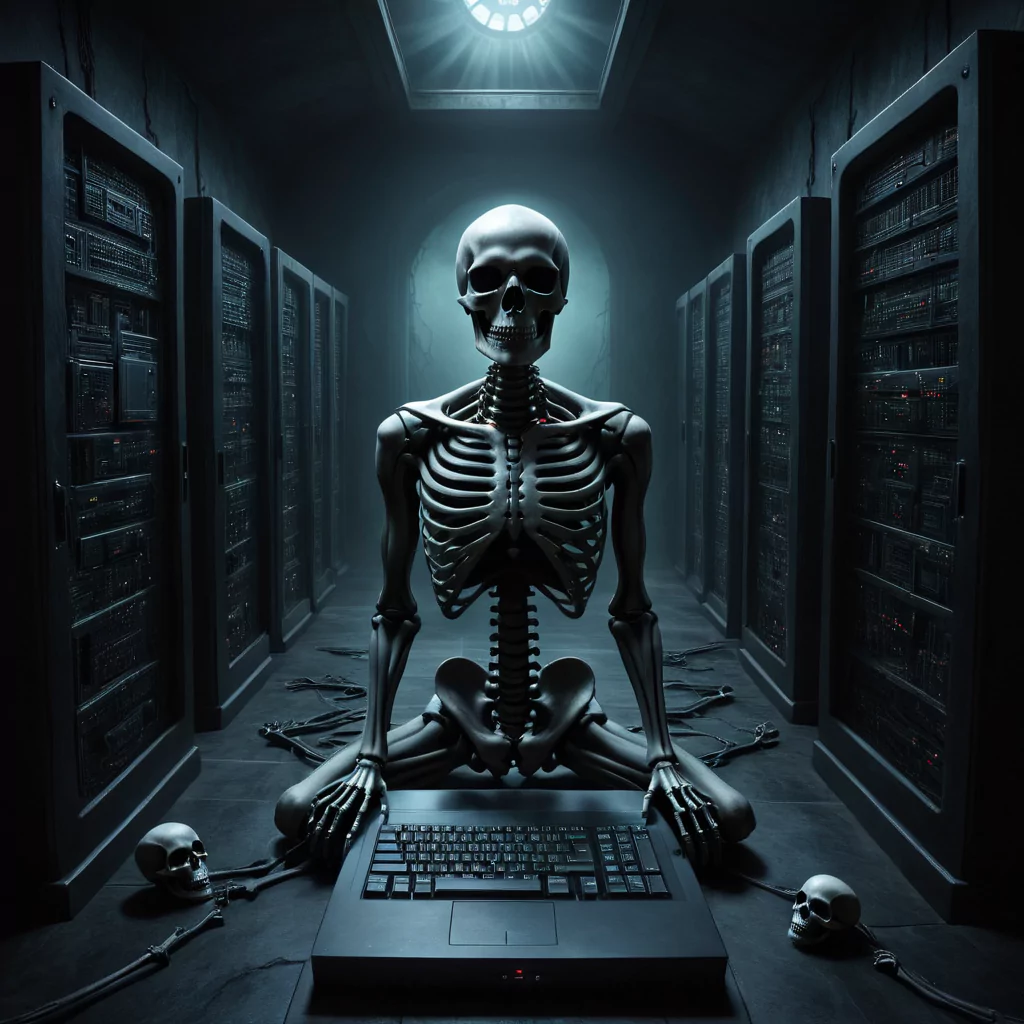Discover how artificial intelligence is transforming astronomy by accurately estimating star ages

Hey there, space explorers! Ever wondered how scientists figure out the age of stars when they don’t have rocks or fossils to date? Well, hold on to your telescopes because we’re about to uncover the cosmic secrets with the help of artificial intelligence (AI)!
Stars, those majestic building blocks of the universe, hold a wealth of knowledge within them. But determining their age has always been a tricky task. Luckily, some ingenious astronomers have turned to the power of AI to crack this celestial code more accurately and efficiently. No this isn’t a deep fake this is real stuff!
Let’s start with lithium
The magical element that holds the key to star ages. During the Big Bang, lithium, along with hydrogen and helium, was born into existence. As stars age, they lose lithium at different rates due to those sizzling nuclear fusion reactions in their fiery cores.
So, by measuring the amount of lithium left in a star’s atmosphere, astronomers can estimate its age. But hey, it’s not as simple as counting stars in the sky! There are a gazillion factors that affect this process, like star rotation, magnetic activity, and mixing processes. Talk about a stellar challenge!
EAGLES?
But fret not! Researchers from Keele University in the UK have cooked up an AI-powered solution called EAGLES. This nifty machine learning technique uses an artificial neural network – a type of AI that can learn from data and make mind-blowing predictions. By training EAGLES on data from over 6,000 stars with known ages and lithium levels, they’ve unlocked the magic formula.
EAGLES learned to model the relationship between a star’s temperature, lithium level, and age. And guess what? It passed the cosmic test with flying colors!
More Than Just Lithium
But hold up, we’re not stopping at lithium alone! Oh no, the cosmic buffet of elements includes carbon, nitrogen, oxygen, and iron, each leaving their cosmic fingerprints over time. This means more complexity and calculations are needed. So, enter CHRONOS – another AI wizardry!
This time, our deep neural network superhero learned from data from 52 nearby star clusters, each with its own age and chemical makeup. By mapping the stars’ chemical composition to their positions on the Hertzsprung-Russell diagram, CHRONOS can pinpoint star ages with stunning accuracy!
AI Is Helping To Date The Galaxy Around Us
Now, hold on tight because this AI-powered revolution is reshaping astronomy and cosmology like never before. With AI’s precise age estimates, astronomers are piecing together the cosmic puzzle of star formation, evolution, and demise. And that’s not all! AI is helping them reconstruct the history and structure of galaxies like our very own Milky Way. Talk about cosmic detective work!
But hey, AI may be a star in the cosmic show, but it’s not the grand finale. It’s a fantastic tool, but it still needs a guiding hand and some good old human expertise to make sure we get the right answers. Teamwork makes the dream work, folks!

Conclusion
So, there you have it – the AI-powered cosmic adventure that’s revealing the age-old secrets of the stars. Keep your eyes on the skies, for who knows what other celestial wonders AI will help us uncover next!


























